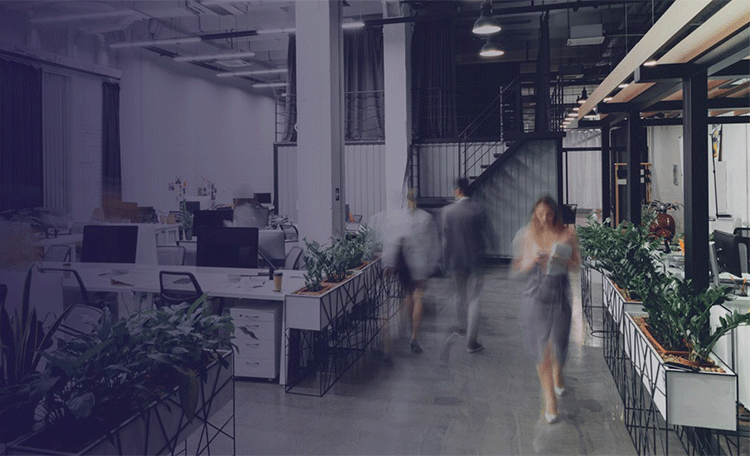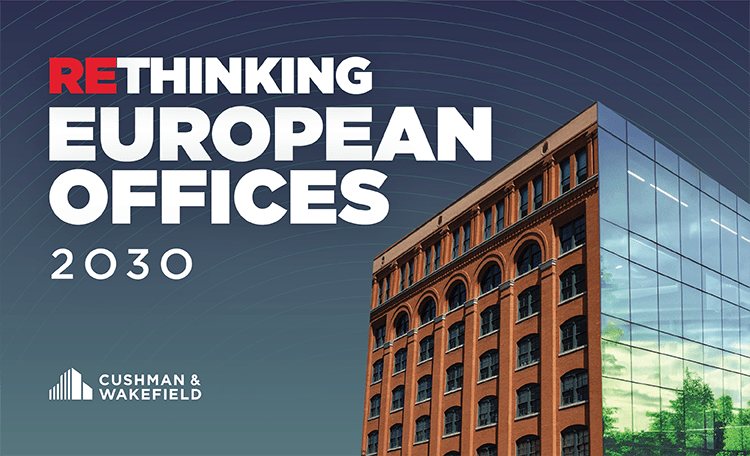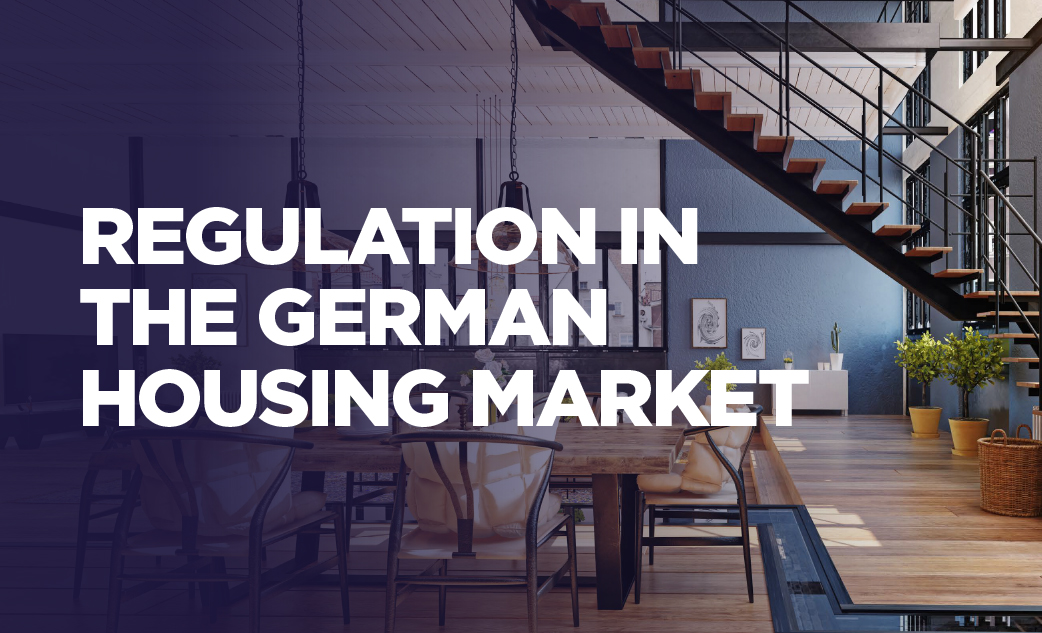Capital vehicle for Bundeswehr barracks?
An assessment by Tina Reuter, CEO Germany at Cushman & Wakefield
Half a trillion euros in special funds for infrastructure, which the potential future German government has had approved by the German Bundestag, will also have positive effects on the German real estate market in many respects and across all segments. Nevertheless, in addition to this government capital boost, private and institutional investments will still be needed to remedy the deficits that have existed for years in the residential property sector, for example.
And why not consider opening up completely new niches in view of the growing demand virtually everywhere? The Bundeswehr, for example, urgently needs new barracks and the existing ones need to be refurbished. Appropriate capital vehicles could provide support here and offer new investment prospects.
But at the start of a new quarter, let's first take a look at the current markets and their ‘status quo’. What is the situation?
Investor confidence is returning, particularly in the residential sector. But investor interest is also growing in the logistics and office sectors. Although pricing in all asset classes is far from complete, it has made further progress, albeit still volatile in the current market and financing environment. This is due in particular to the geopolitical environment and the recent sharp rise in yields on government bonds - factors that have a direct impact on property financing. Depending on the respective sector, type of use and risk class, core money is also slowly returning. However, depending on the volume, risk profile, product quality and investor, not all market movements are yet reflected.
Logistics properties have established themselves as one of the asset classes with the highest turnover. The increasing demand for e-commerce and efficient supply chains is driving growth in this area. Logistics and retail sectors benefit from stable yields and rental growth, which makes them attractive to investors. They offer the most promising prospects for capital growth.
Data centres are becoming increasingly important and are seen as an attractive investment opportunity by 42% of market players. Growing digitalisation and the need for secure data processing centres are driving this development. Life science properties also remain attractive and are the focus of investors. These properties offer specialised facilities for research and development in the healthcare sector. As a niche, healthcare property will continue to offer attractive investment opportunities in 2025. In a survey conducted by Cushman & Wakefield, the property type most frequently mentioned in this context with regard to the investment strategy for 2025 is ‘assisted living’. This property type is also seen as the one for which the most capital will be available in this area.
The current low level of construction activity in healthcare property will increase again in the medium term. In the long term, we also see great potential in the development of sustainable healthcare properties with innovative concepts. Investments in modern, energy-efficient facilities and the integration of digital healthcare solutions could offer decisive competitive advantages.
Thanks to a good risk/return profile with stable cash flows profile with stable cash flows. Stable yield levels are ensuring that investor interest in specialist stores and, in particular, food-anchored retail parks is on the rise again. In addition to the long-established out-of-town furniture stores, which are still important for the business, large retailers (such as furniture stores) are concentrating on additional small locations in central locations. So-called plan-and-order points are located in ground floor areas in city centres, main railway stations or shopping centres.
All in all, the outlook for the property sector is cautiously optimistic, but could gain significant momentum in the near future thanks to the aforementioned special assets of EUR 500 billion.





